Contents
Each fruit-bearing plant first builds up a green mass – stems and leaves, and then, having accumulated strength and means, blooms, forms fruits, the ripening of which gardeners are waiting for. Zucchini is no exception. If they grow on a warm bed, if the soil for them is well enriched with organic matter, then zucchini grows beautifully and grows lush beautiful leaves. Should they be removed? Can they be cut off? Let’s try to understand this little covered issue.
Does it need to be cut?
Nature always arranges everything very reasonably, all parts of the plant are necessary for it, each has its own very important role in the growing season. However, when growing many vegetable crops, gardeners prune or pinch to form a bush, to give one form or another to the plant in order to improve fruiting. Zucchini is not pinched, unlike their close relatives – cucumbers or pumpkins.
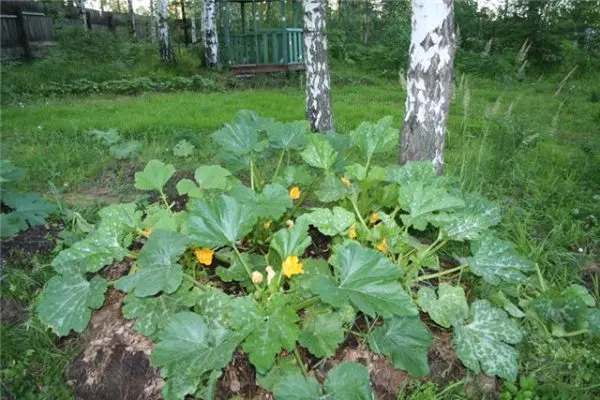
Large beautiful five-lobed zucchini leaves are attached to the stem with long hollow petioles, they are light green or dark green, depending on the variety. Bush and semi-bush varieties grow up to 1 meter in diameter, up to 40 – 60 cm in height. Long climbing varieties form one or more lashes (stems) that can be spread out on the ground or tied up on a support. But the stems of zucchini are more delicate, or rather, fragile, than those of cucumbers, so they are rarely tied up.
The leaves provide shade while retaining moisture, which this plant loves so much. If the bed is well fertilized, the plant has enough nutrients and water, the leaves grow very large and in large numbers. They not only do not allow moisture to evaporate, but do not allow the earth to warm up, closing it from the sun’s rays. In such a cool, moist shade, conditions are created for the reproduction of slugs, snails, and other pests. A heat-loving plant by itself lowers the temperature of the soil, thereby weakening the roots. If a cold rain passes or for any reason the air temperature drops even for a short time, there will be a risk of fungal diseases. To prevent such troubles from happening, you need to remove a few leaves, to allow the sun’s rays to penetrate inside the bush.
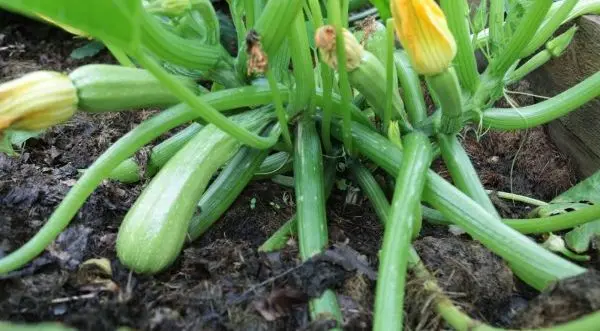
Zucchini is not planted too often, they should not shade each other, and the bush must be thinned out for this reason. If the leaves are covering the flowers, then this is another reason to remove a few leaves so that pollinating insects have access to the flowers. The ovaries also need sunlight for further development, they should not be closed from it. In zucchini, not only fruits are edible, but also flowers. They are beautiful, tasty, contain a whole range of vitamins and other substances useful to humans.
Therefore, they are added to salads to be eaten raw, they even lend themselves to heat treatment – they make pizzas, pies, cook soups with them. Greeks stuff zucchini flowers with rice and cheese, then deep-fry them, stew them in tomato. For some reason, flowers in cooking are not as common in our country as young fruits.

In long-climbing zucchini, whole branches are sometimes removed. This should be done if not a single ovary has formed on the whip, it is superfluous in terms of growing fruits, the plant spends forces on its growth, which the gardener can redirect to maintain a branch with fruits.
Video “All about zucchini, rules for pruning stems and leaves”
A demonstrative video with a clear example and explanations of how to cut the leaves and stems of a plant in order to obtain a high yield.
What leaves and when can be cut off
Usually the first time a few leaves are removed at the beginning of flowering to show the flowers to the world, the sun and insects that should pollinate them. It is impossible to cut off the leaves, because the hollow petioles, in the remains of which moisture will collect, can begin to rot, and this will become a source of infection for the entire plant. It is necessary to carefully cut the leaf with a sharp knife (secateurs), as close to the stem as possible. It is advisable to do this in the morning in sunny weather – then until the evening the cut will dry out, which means it will heal without harmful consequences for the bush.
The lower leaves, when they dry out, wither or are damaged, can be removed at any time, this will not only not harm the plant, but can save it from infection or simply save its strength. Damaged, twisted or underdeveloped fruits also need to be cut off, the sooner this is done, the faster new ovaries form. It is necessary to remove the leaves that cover the fruits from the sun so that the zucchini gain a full set of nutrients, they must sing in the sun.
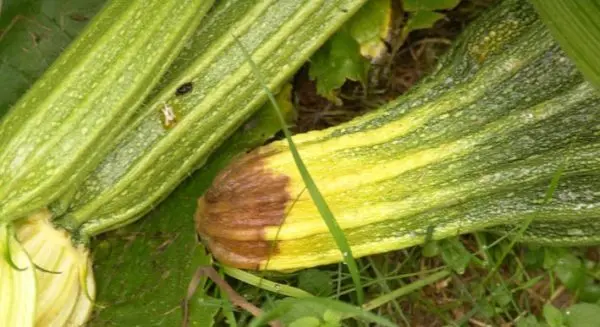
Studies have shown that in the shade, the fruits grow more slowly and have fewer sugars in their composition, compared to their lighted counterparts. Since usually young green zucchini are harvested in summer, as soon as they grow to 20 cm, I would like them to stock up on vitamins and the elements we need by this time. By the way, ripe fruits have a thick, strong and durable skin, but young ones are easily injured, being in the shade of a bush, they can rot.
So that young zucchini do not lie on the ground, some strong material is placed under them – cork, tree bark, plastic, non-woven fabric. So they are protected from possible damage, decay, pests. When caring for planting zucchini, the owner waters them, loosens the ground around the stems, feeds the plants if necessary, checks the flowers and ovaries. In this case, you need to pay attention to the state of greenery and the permeability of the bush for air and light.
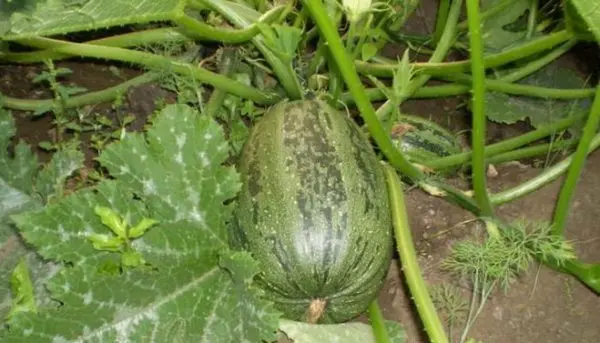
If, during such an examination, drying or damaged leaves were found, they need to be cut off, if the bush has grown so much that twilight always reigns inside, it’s time to thin it out. There is a time for pruning fruit trees and shrubs, as for pinching and pinching vegetables, but zucchini should be thinned out when the need arises. The plant will easily endure the loss of several leaves once every 10 – 15 days, and more often they will not have to be cut, most likely if the bush grows healthy and receives proper care. You should not be too zealous, because the leaves are a whole laboratory of photosynthesis, if there are less of them than necessary, you can lose in the amount of the crop.
And, of course, it is necessary to cut leaves or entire branches if they are affected by a fungal or bacterial disease. In this case, without any pity, you need to remove the infected areas completely, destroy them, and treat the remaining plant with appropriate means that will help preserve it. It is necessary to regularly weed the beds with zucchini, and throw out the weeds, not leaving them between the rows, so as not to create a favorable environment for the development of fungi and pests.
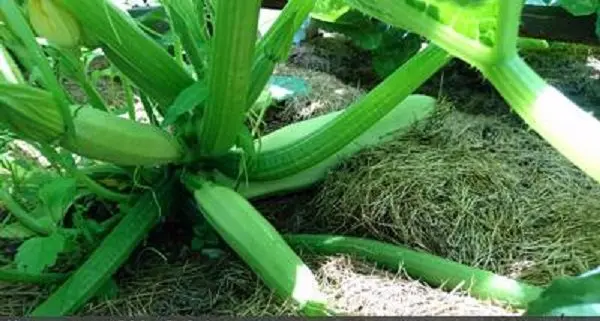
Video “Secrets and recommendations for growing zucchini”
Informative video with practical recommendations for gardeners and gardeners on growing zucchini.









